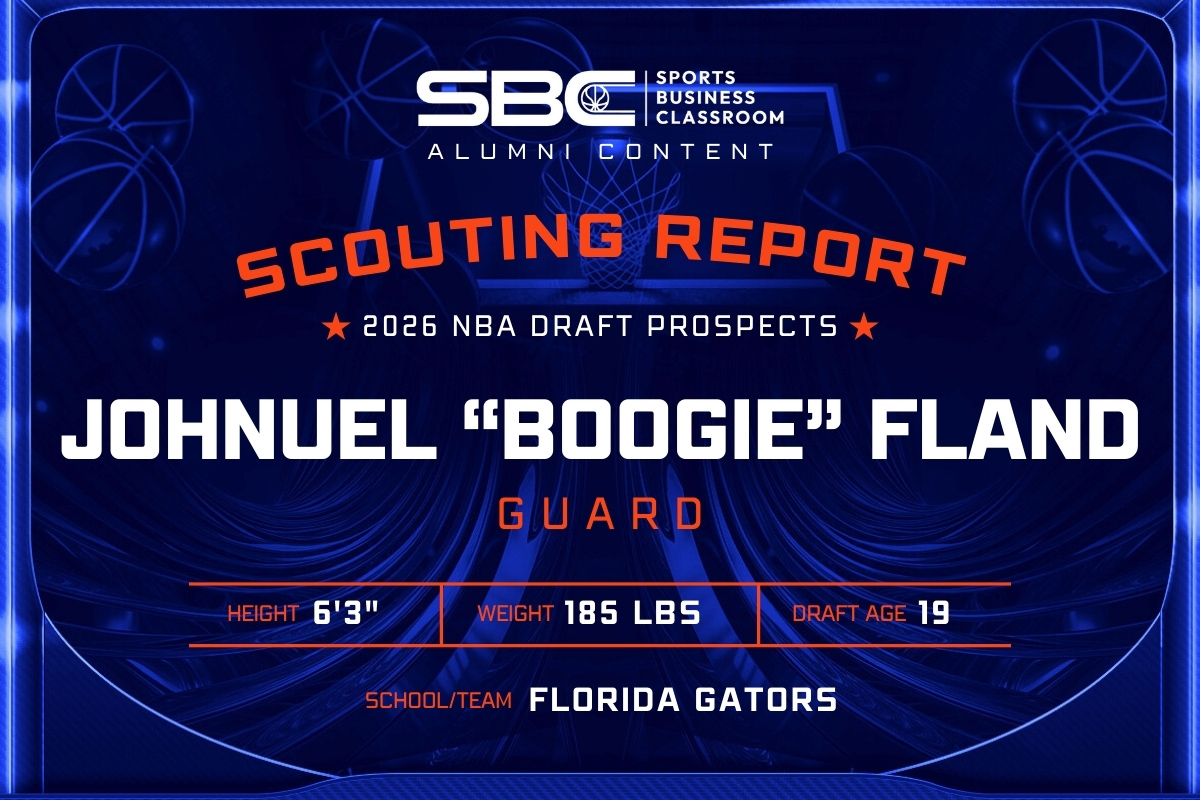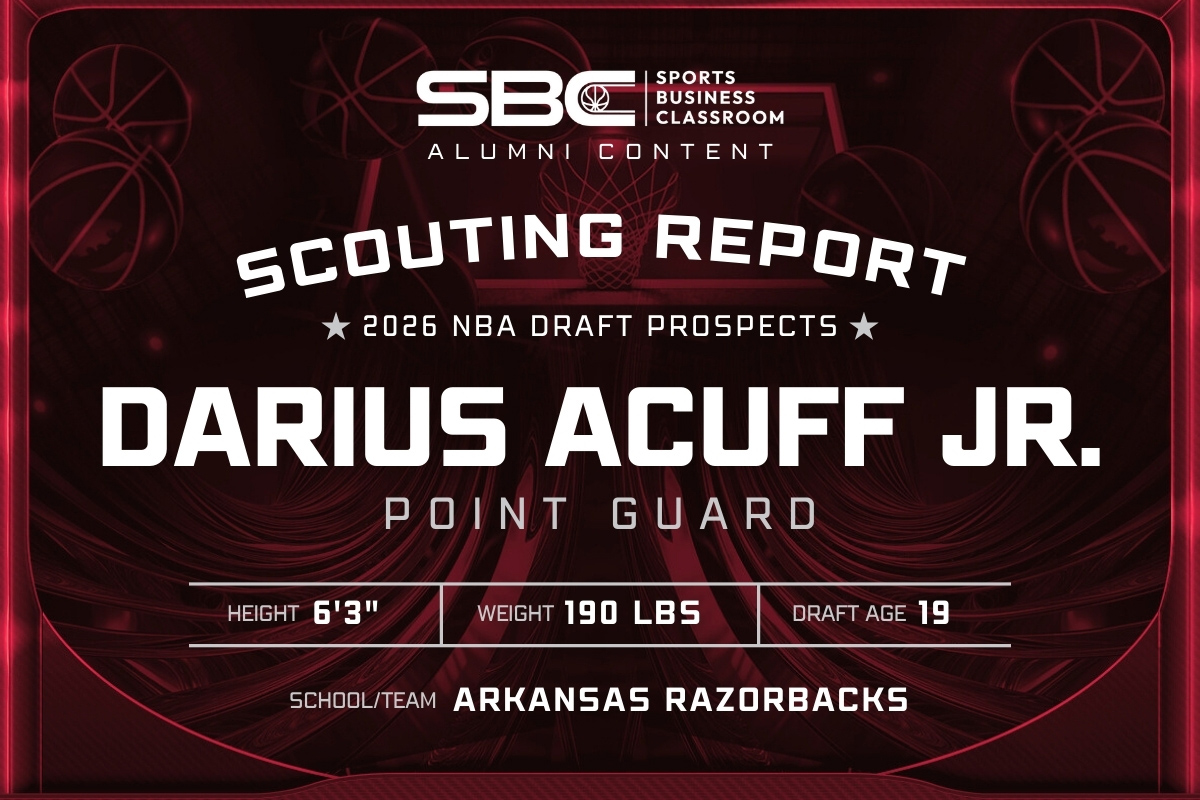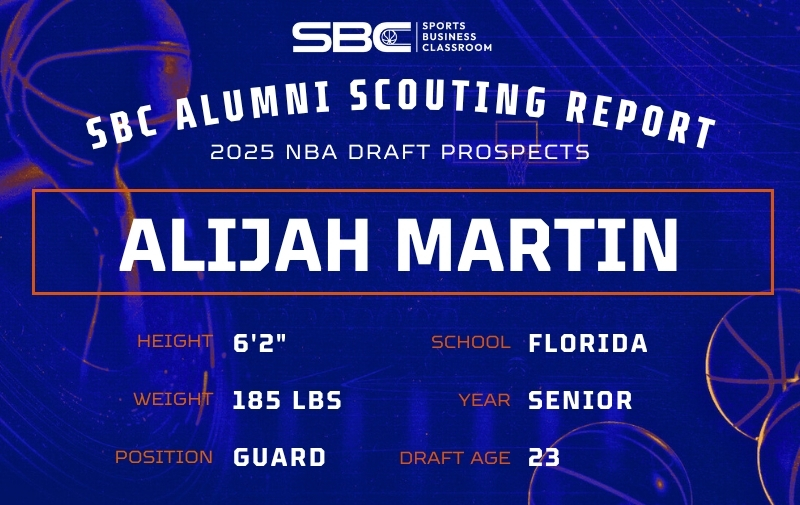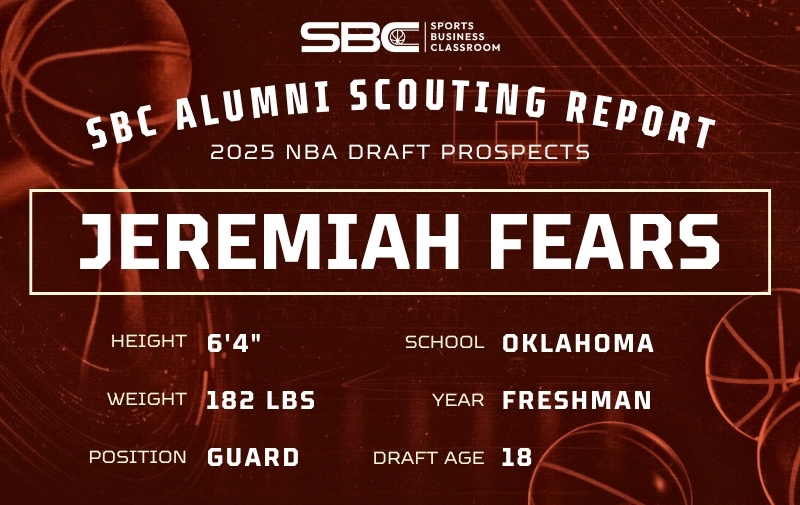
[The following scouting report is part of a series on potential 2024 draft prospects from Sports Business Classroom alumni.]
Henry Coleman
Frame: 6’8″, 245 lbs
Position: Forward
School: Texas A&M
2024 Draft Age: 22
Stats via sports-reference.com, barttorvik.com, and kenpom.com
Offense
Coleman posed as a highly efficient big man this past season, though his usage was low–not surprising in the team’s system. More often than not, Coleman’s role was to do the dirty work on both ends of the floor. Offensively, this primarily relegated him to crashing the glass and scoring inside the paint. Coleman’s brute strength and effort made him a force on the interior, as he excelled at three things offensively for the Aggies: rebounding, rim scoring, and getting to the free throw line.
His work on the offensive glass led to many second chances for the Aggies, the nation’s number-one offensive rebounding unit last season. Coleman’s 2.3 offensive rebounds per game led to a 9.5 offensive rebounding percentage (88th percentile in the nation). While this rate isn’t necessarily elite, it is impressive for a 6’8″ forward. He knows how to use his wide frame to move people out of the way–combine this with his maximum effort on all shot types, and he made for a very dangerous rebounder.
As a scorer, Coleman primarily stuck to the paint (over 90 percent of his shots) and free throw line to find his points. Two-thirds of his field goal attempts came directly at the rim as layups/dunks, which he converted at an efficient 65 percent clip. The rest of his shots primarily came from the logo area in the middle of the lane as extended non-rim two-pointers, which he converted at a 44 percent clip. Both rates are well above average for an NCAA Division 1 player.
Coleman found his buckets in various ways: assisted (rolls, cuts, etc.), self-created (post-ups, drives), and putback opportunities. He was an efficient scorer inside, regardless of the scenario, but primarily in the halfcourt setting, as he was rarely used in transition.
His activity and physicality down low led to a high rate of fouls drawn, especially while battling for second chances. Coleman frequently visited the free throw line and converted a solid 70 percent at the charity stripe.
He had essentially no role in playmaking and outside shooting. He didn’t hurt the team in these areas, but it is unproven. His lack of a role outside of rebounding and rim scoring led to a very low assist and turnover rate. He’s also zero for eight from deep in his career. If he touched the ball on offense, he was going up with a two-point shot–usually off an offensive board.
Defense
Much like the offensive side of the ball, Coleman’s defensive presence was most noticeable on the glass. He averaged 3.3 defensive rebounds per game for a 16.2 percent percentage. This rate jumped to 17.6 percent against Quad-1 teams, which means he rebounded better against higher-level competition. Coleman’s strong effort carries him more so than his physical gifts.
He was an intelligent interior defender, but his lack of height/length didn’t lend him to blocking shots. Coleman would rarely even attempt to block a shot down low. Instead, he would use his muscle to move people out of the lane and do most of his work early to keep his position down. When his defensive matchup would get an inside look, Coleman would tend to wall up and make them shoot over him. This led to very few blocked shots and very few fouls on Coleman. He finished fourth in the SEC, committing just 1.6 fouls every 40 minutes.
When it comes to lateral quickness, Coleman is average at best. He doesn’t necessarily have the speed to keep fast guards in front of him when switched onto them. However, Coleman is a savvy defender whose effort is unquestionable. He could rely on this in college, but what about in the pros?
Looking Ahead
Coleman may not be called on draft night, which may prompt him to return to school for a fifth year. If he finds himself in a system where he can expand his game a bit, Coleman may be able to show off more than he’s done in his first four years in college. This would serve him well, as Coleman currently poses as an undersized rebounder/paint scorer. His strength and effort that pay dividends in college are unlikely to translate as effectively at the next level, where he’ll be playing against even bigger and stronger athletes.
Long story short, his work ethic is desirable, but he has a lot of work to do in the next season to prove he can bring value elsewhere to an NBA roster.







